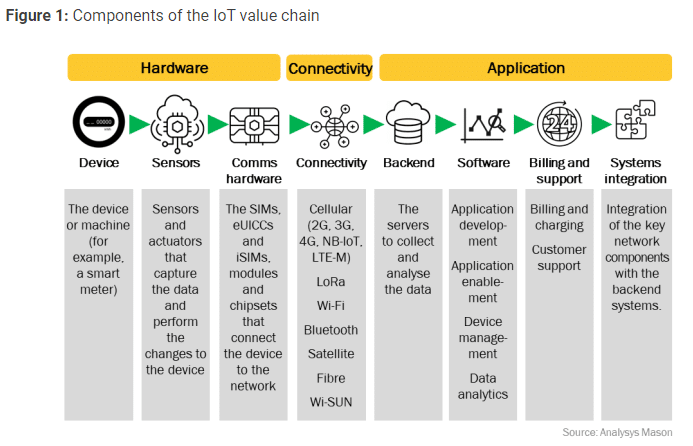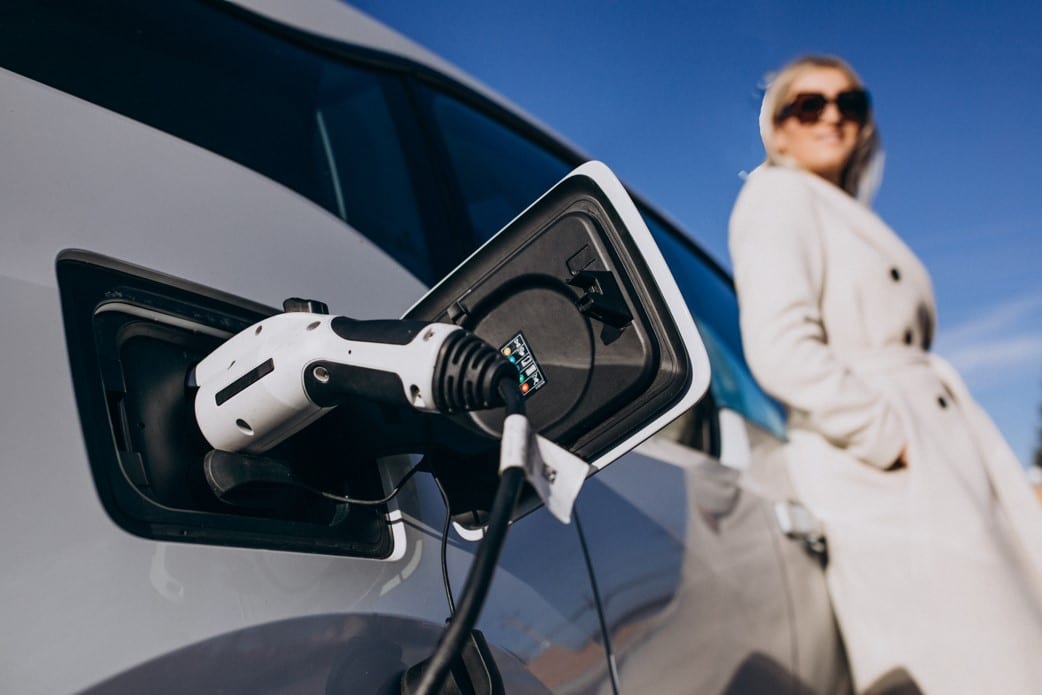Blogs
01 February 2021
Reading Time: 3 mins
Blogs
01 February 2021
Reading Time: 3 mins

Eseye
IoT Hardware and Connectivity Specialists
LinkedInBuilding an IoT device and value chain is complicated.
There’s a dizzying array of solutions and providers to consider when building an IoT business case. Think chipset and module manufacturers, hardware vendors, software platforms, through to connectivity providers, cloud service providers, and systems integrators – and that is to name a mere few. This all creates complexity, which is an obstacle to progress.
In this article, we outline six reasons why it’s important to keep IoT connectivity front of mind in your business case and the impact it can have on your IoT project’s overall success.

“Cellular networks today cover around 98% of populated areas. However, they are a long way short of 98% territory coverage – often closer to 60%”.[1]
IoT needs closer to 100% to work at optimum performance. An IoT device is only as good as its connection.
Greater uptime = improved device performance.
Choosing connectivity is often seen as an afterthought in an IoT project. But it shouldn’t be. It’s imperative that your entire device estate, wherever they are deployed in the world, has access to reliable and highly available coverage and the ability to localise and overcome permanent roaming barriers.

Often, there is a trade-off between quality of service and connectivity rates. Organisations want to be conscious of spend and keep costs down, but at what price? The quality and level of service suffers.
Poor quality connectivity can have far-reaching and long-lasting impacts. For example, if a telecare device experiences imperfect or slow connectivity, it can interrupt continuous monitoring and, in turn, delay crucial real-time information. This delay could negatively impact on incident response times and level of service.

Many IoT devices are deployed into the field and are expected to have a lifetime of five to fifteen years with minimal human intervention.
Every maintenance call reduces your return on investment, so you must be able to remotely monitor and manage the estate.
Ubiquitous global connectivity enables predictive maintenance and reduces engineer call-outs, whilst allowing you to confidently install any updates over-the-air with ease.

If the quality of connectivity service is poor, this will have an impact on device uptime and damage brand reputation.
Let’s consider an example – an EV charging estate with 5,000 devices only has access to 90% connectivity uptime. Poor, unreliable connectivity causes delays to the EV charger’s operational efficiency. Payments fail to go through, and the EV charger cannot maintain a good connection when completing the transaction process. This all negatively affects the brand’s reputation in the market and give it a bad name.
Every minute of downtime means lost business, and at worst lost customers. Continuing this example, the customer has experienced friction and frustration during their EV charging experience. This may result in them choosing to charge their car elsewhere with another provider.
Check out our infographic to find out how much a lost opportunity like this would cost per year.
IoT can have a profound impact on the bottom line. From streamlining operations by knowing when devices will need maintenance and reducing costs there, to enhancing revenue streams by identifying new ways to monetise data – IoT opens lots of opportunities.
Organisations can save vast sums by investing in high-quality, reliable and near 100% global IoT connectivity.
Navigating the connectivity landscape can be challenging if you are wading through multiple network operator contracts for various regions and negotiating the best rates.
Working with a V-MNO (virtual mobile network operator) simplifies the complex process of managing connectivity for your entire estate and dispels any uncertainty around whether devices can achieve coverage and maintain high uptime.
[1] Matt Hatton, William Webb, ‘The Internet of Things Myth’, June 2020

Eseye
IoT Hardware and Connectivity Specialists
LinkedInEseye brings decades of end-to-end expertise to integrate and optimise IoT connectivity delivering near 100% uptime. From idea to implementation and beyond, we deliver lasting value from IoT. Nobody does IoT better.
Predictable performance is the key to IoT success. Let our experts test your device for free. Receive a free trial IoT SIM trial kit and speed up your IoT deployment with expert insights and seamless connectivity.